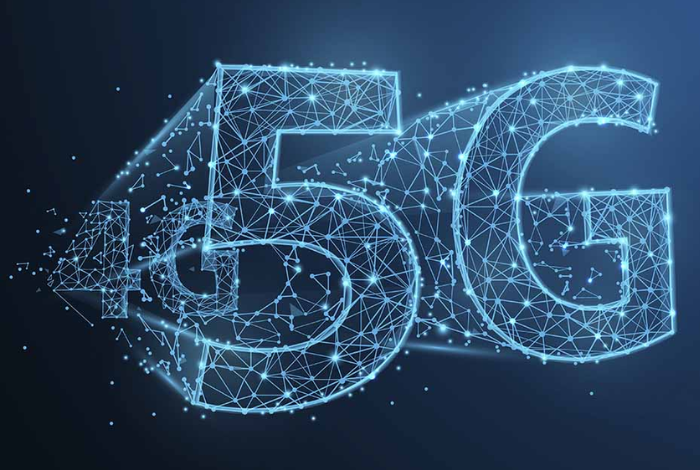Everything About 5G

It is the fifth generation of wireless networks, after 1G, 2G, 3G, & 4G. 5G is a novel connection that links nearly anything, from machines to objects to gadgets.
With the advent of 5G wireless technology, we expect to see improvements in the following areas: peak data rates in the multi-gigabit per second range, ultra-low latency, dependability, network capacity, availability, and the quality of the user experience across the board. New user interactions and industry connections are made possible by increased performance and efficiency.
Why You Should Take 5G Classes
-
- Understanding to realize 5G’s post-deployment potential fully, it’s important to have a firm grasp of the honed technology that makes it possible.
- The ability of 5G to accommodate millions of items at superfast speeds is simply one reason why it will have a profound impact on people’s daily lives all across the globe. Thus, advancements in 5G technology may contribute to a higher quality of life.
- Education is the greatest approach for businesses of all sizes to grasp the nuances regarding the new 5G architecture. You’d find out, for instance, that artificial intelligence is crucial to 5G.
- According to experts, 5G Training and AI are complementary technologies. To support low latency, high-reliability applications, 5G networks will need to be predictive, proactive, and anticipatory, as opposed to the reactive nature of previous 4G networks.
- Where to conduct the demanding methods and calculations is a major barrier for 5G and machine learning. Therefore, not everything can be kept on distant cloud servers since a viable 5G system needs incredibly low latency. Distance and network congestion can contribute to a rise in latency. This is why we need predictive networks. Optimization of these systems requires the use of machine learning.
- The 5G research community and engineering community place a premium on latency and dependability. There can be no unlimited delays in 5G networks. High latencies, for instance, defeat the purpose of remote surgery and driverless cars. For example, self-driving vehicles need to be able to see people and other obstacles on the road right now, not tomorrow.
- Organizations may benefit from 5G training by learning how the technology will facilitate industrial automation by allowing for and improving the crucial management of production-line robotics, such as tethered and untethered robots, which can be remotely controlled, monitored, and reconfigured.
- 5G education also includes updates in medical treatment. It is anticipated that 5G would increase the connection between physicians, medical device manufacturers, patients, healthcare and life insurance, the pharmaceutical sector, and other interested parties, as well as better data management & sharing across these groups.
- Many improvements might be unlocked in the healthcare industry if health monitors were cheaper, more widely available, and more reliable.
Conclusion
The cost of the 5G service is expected to be higher than that of the 4G service at launch. One explanation for this is the high cost of deploying 5G networks, which includes buying and installing new antennas & other pieces of hardware. Consumers should expect to pay more for 5G service as a result. Higher data transfer rates and decreased latency are only two advantages of 5G technology over existing 4G networks.




